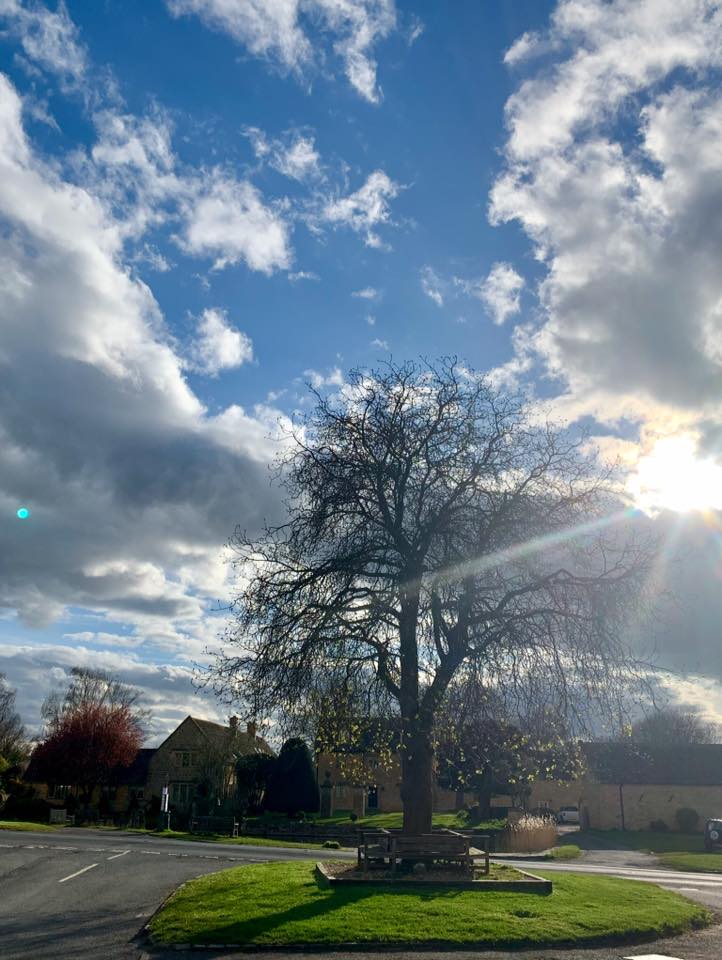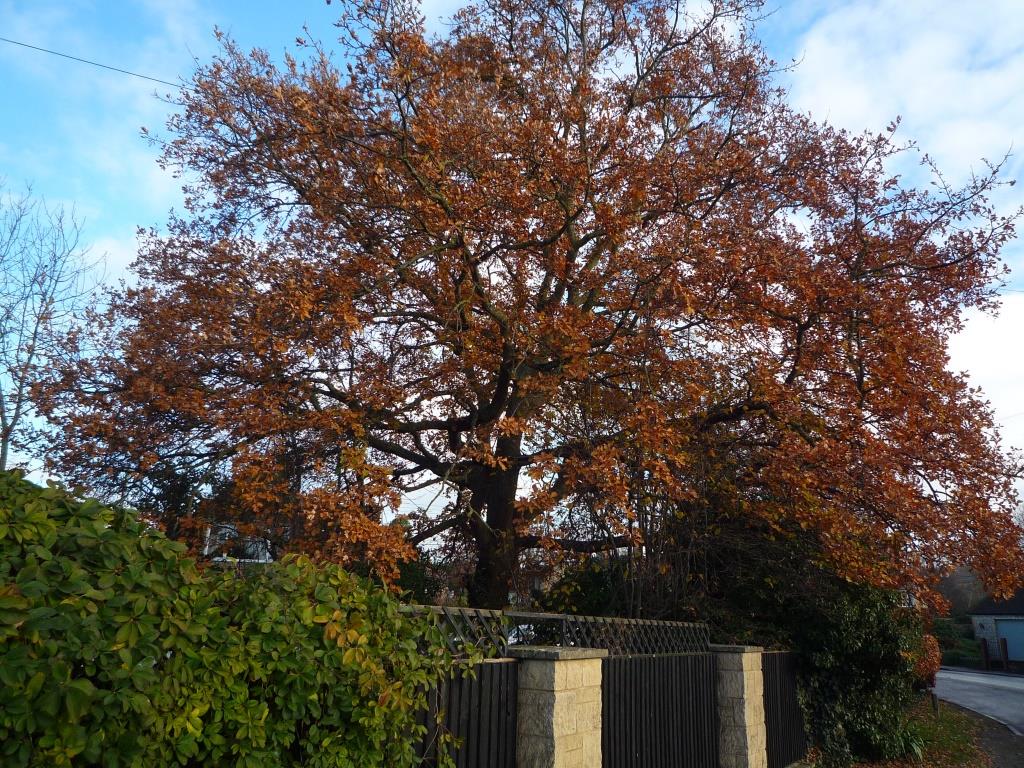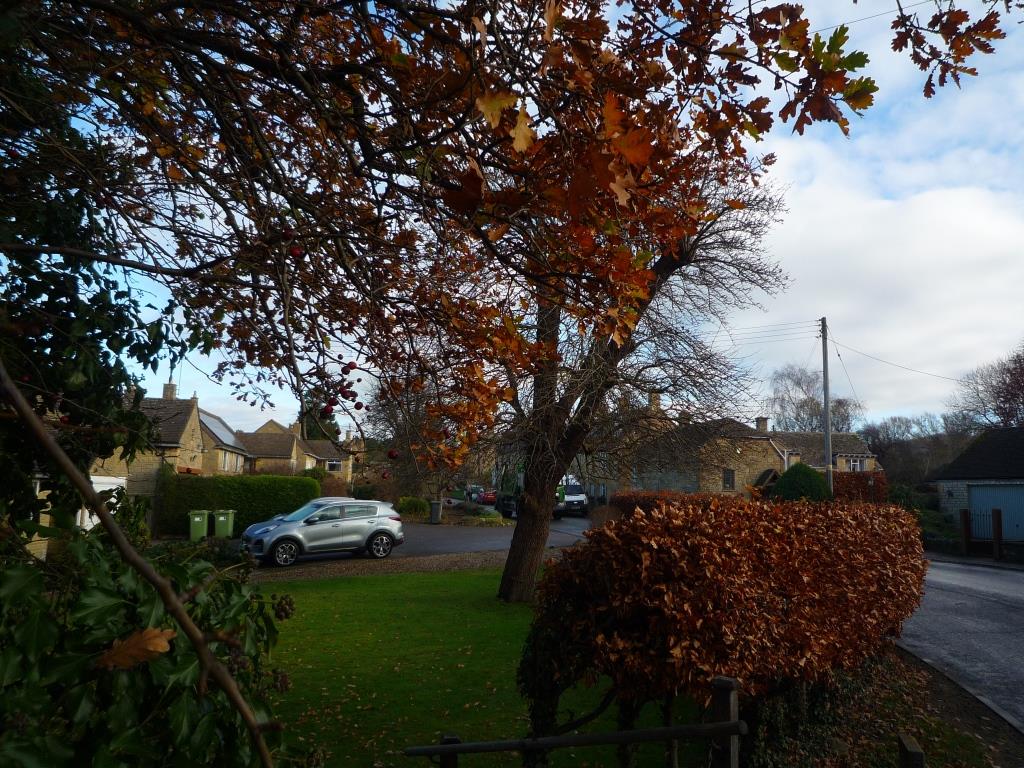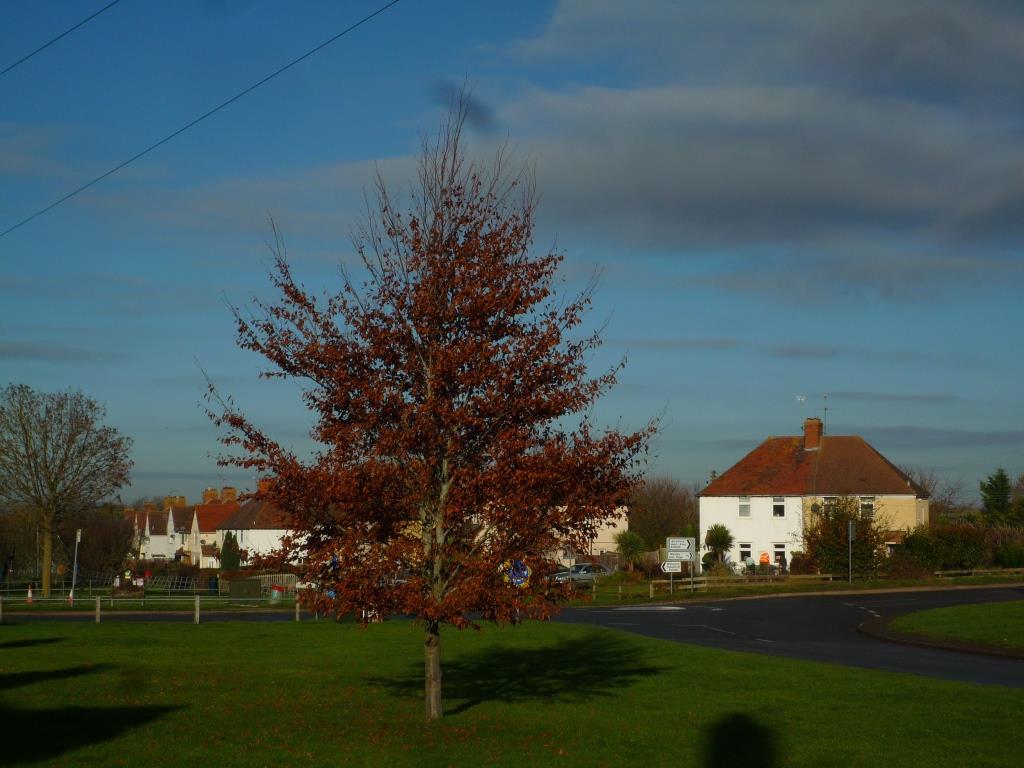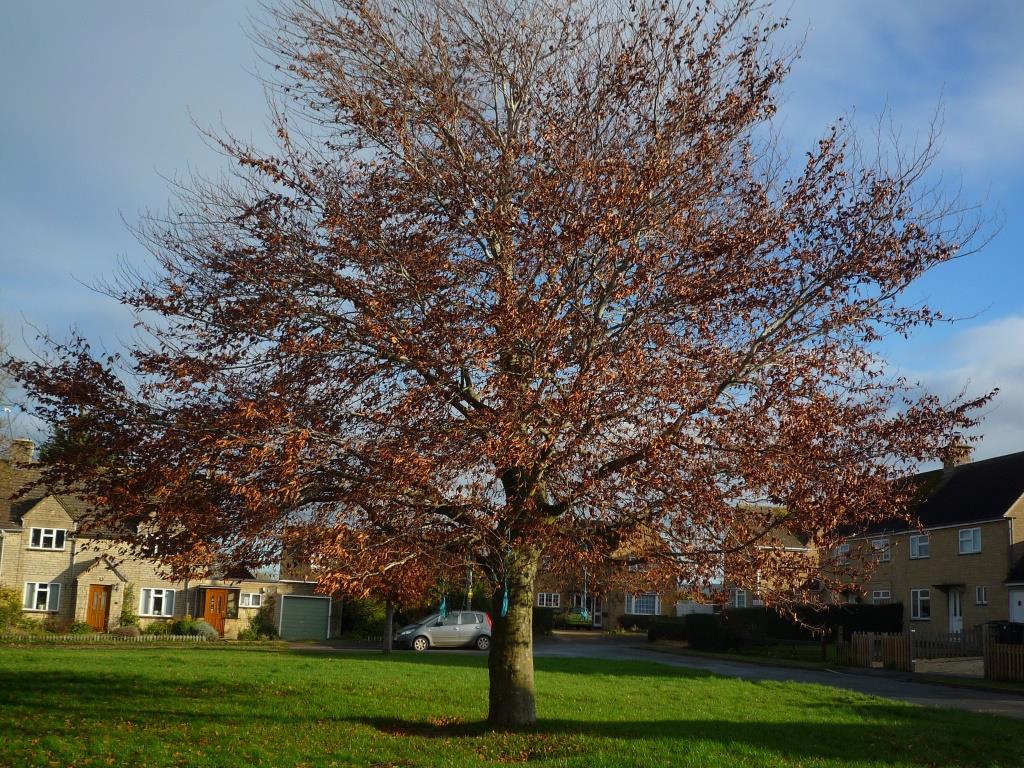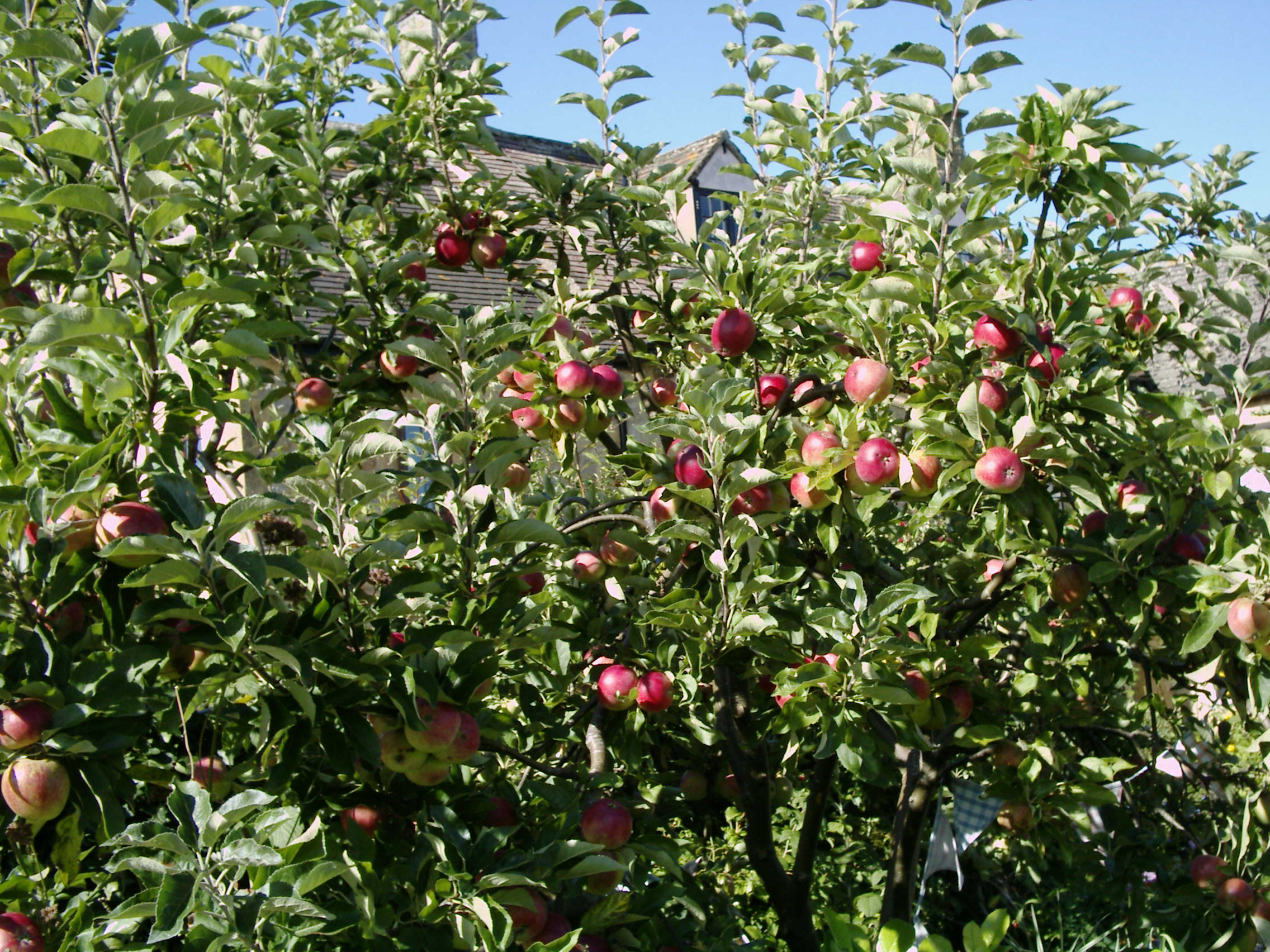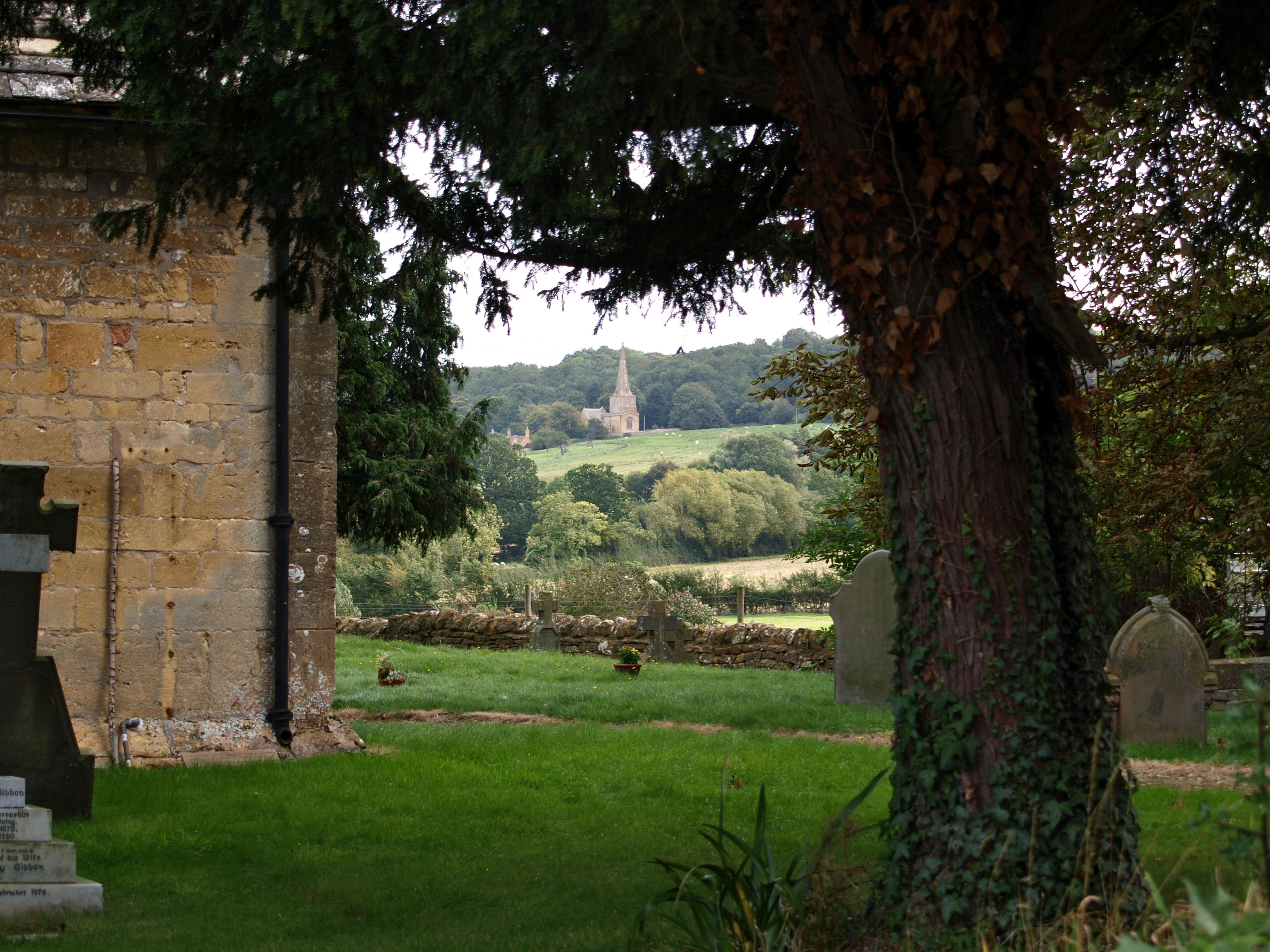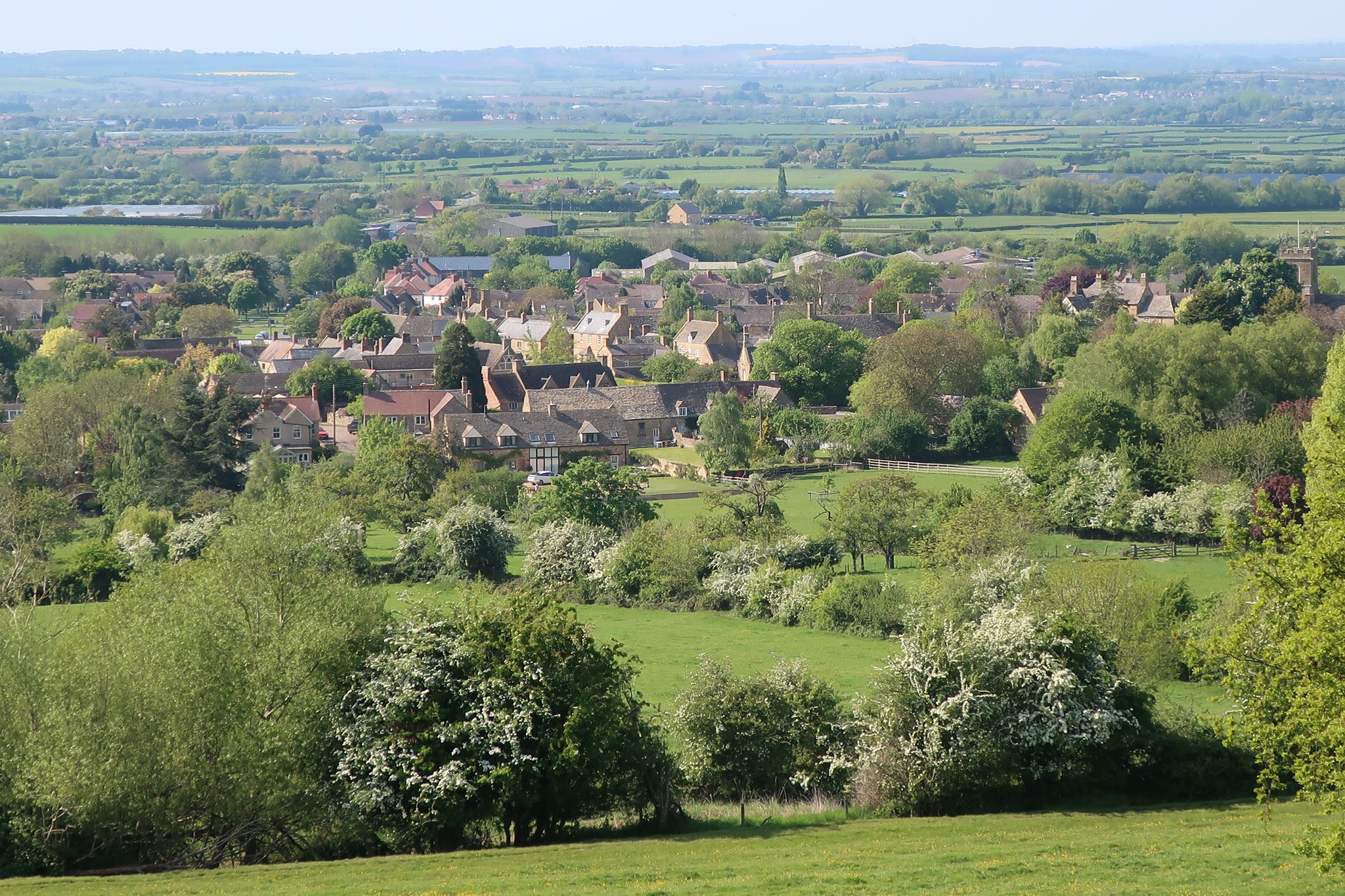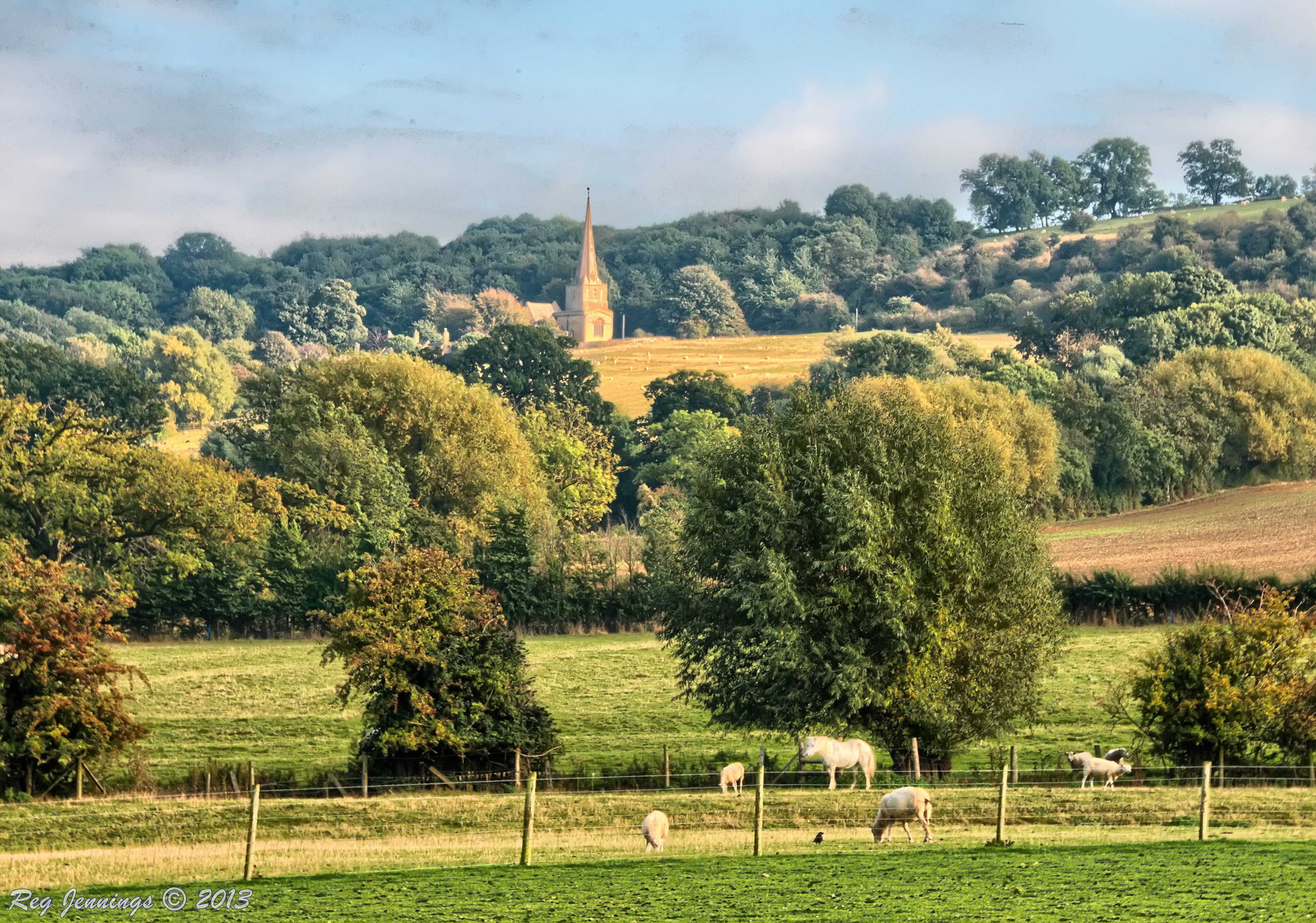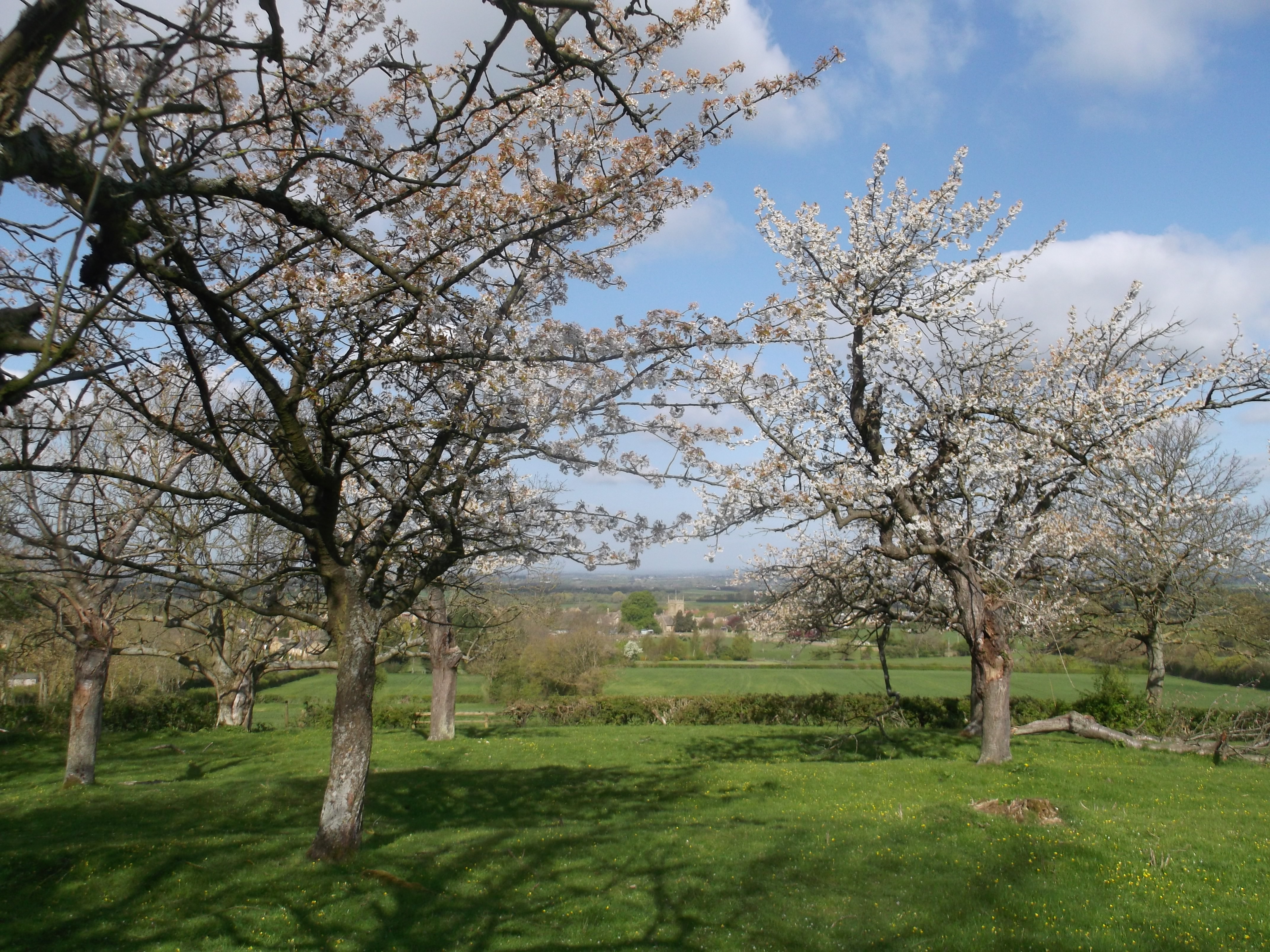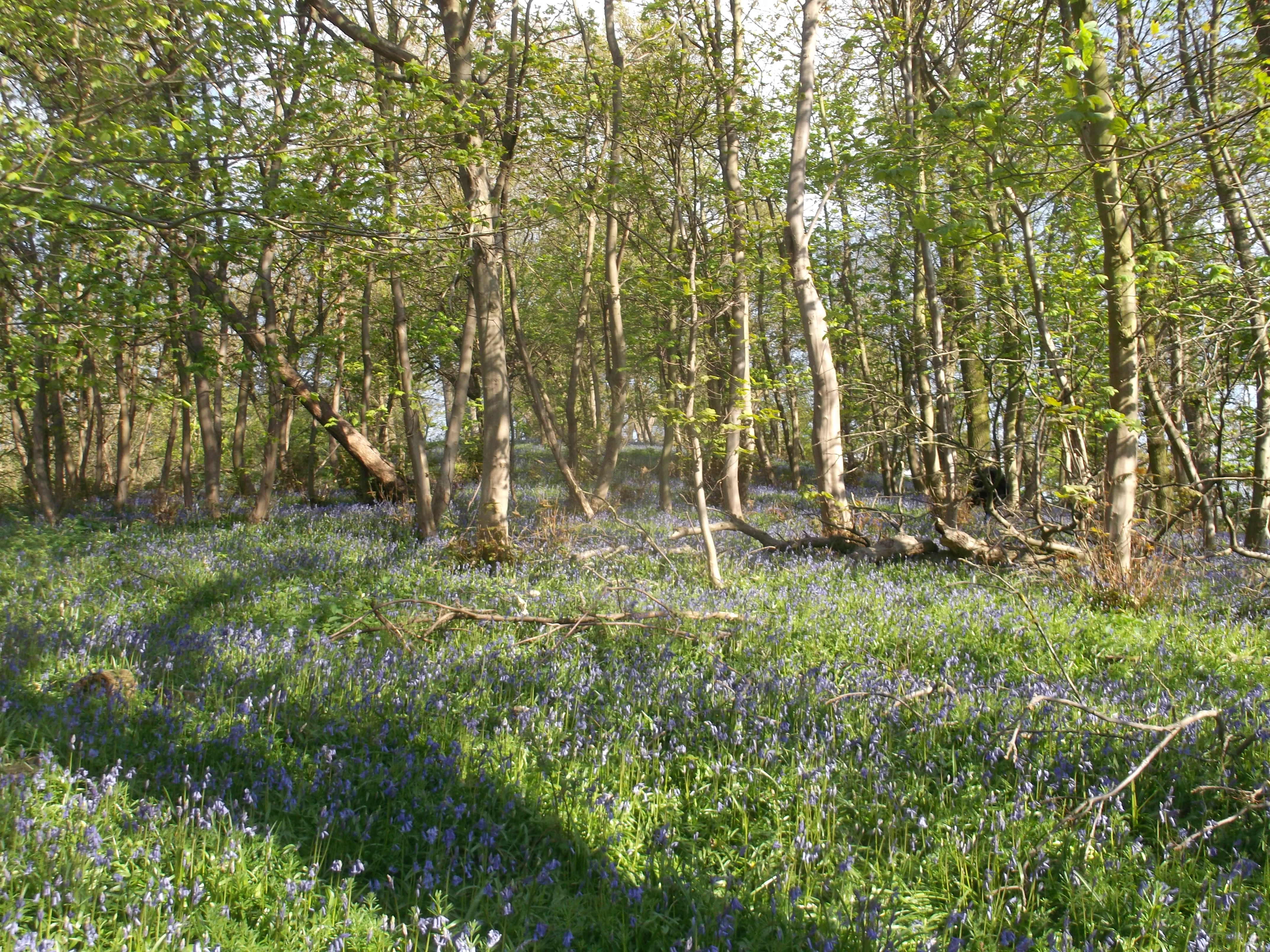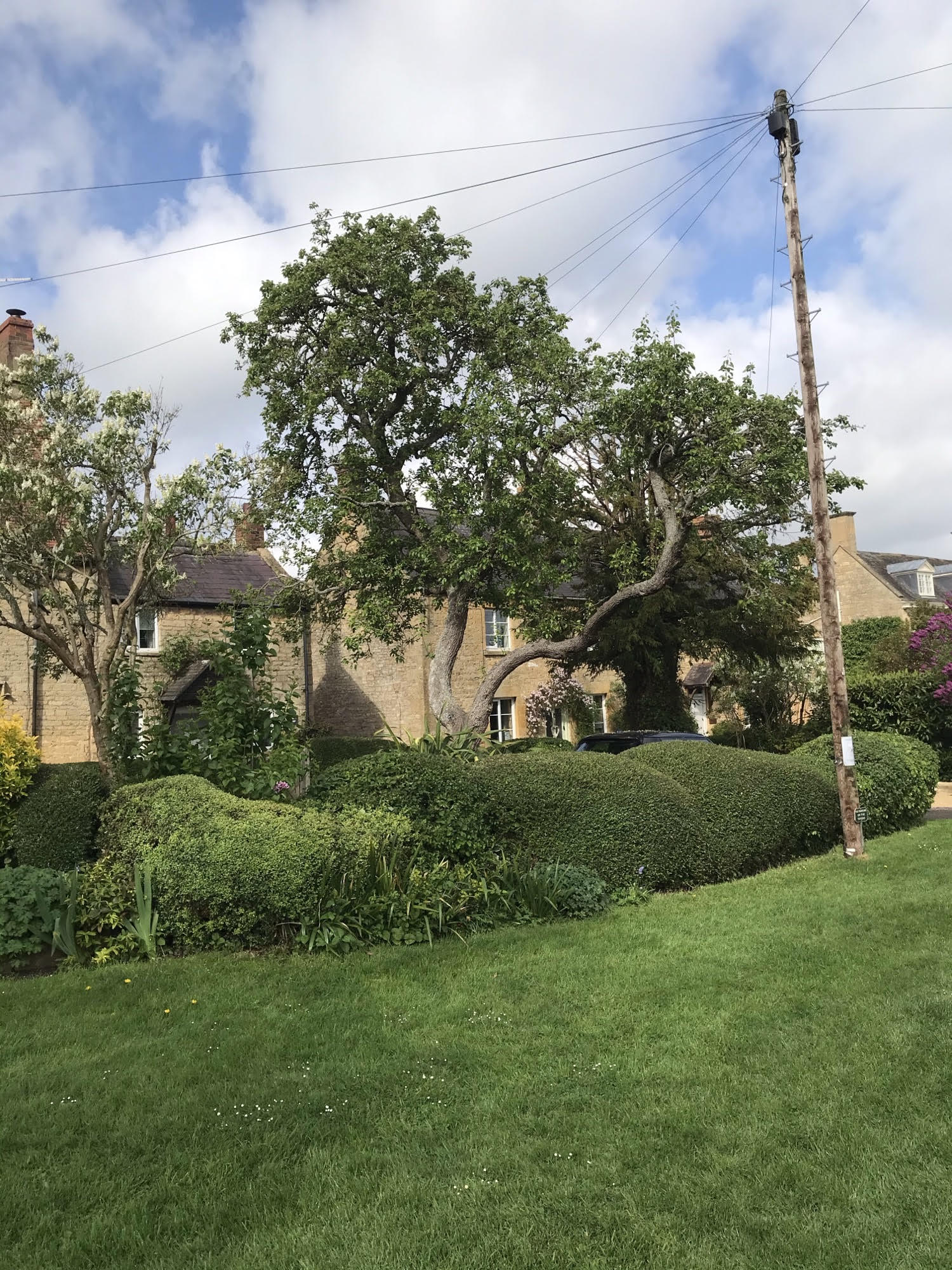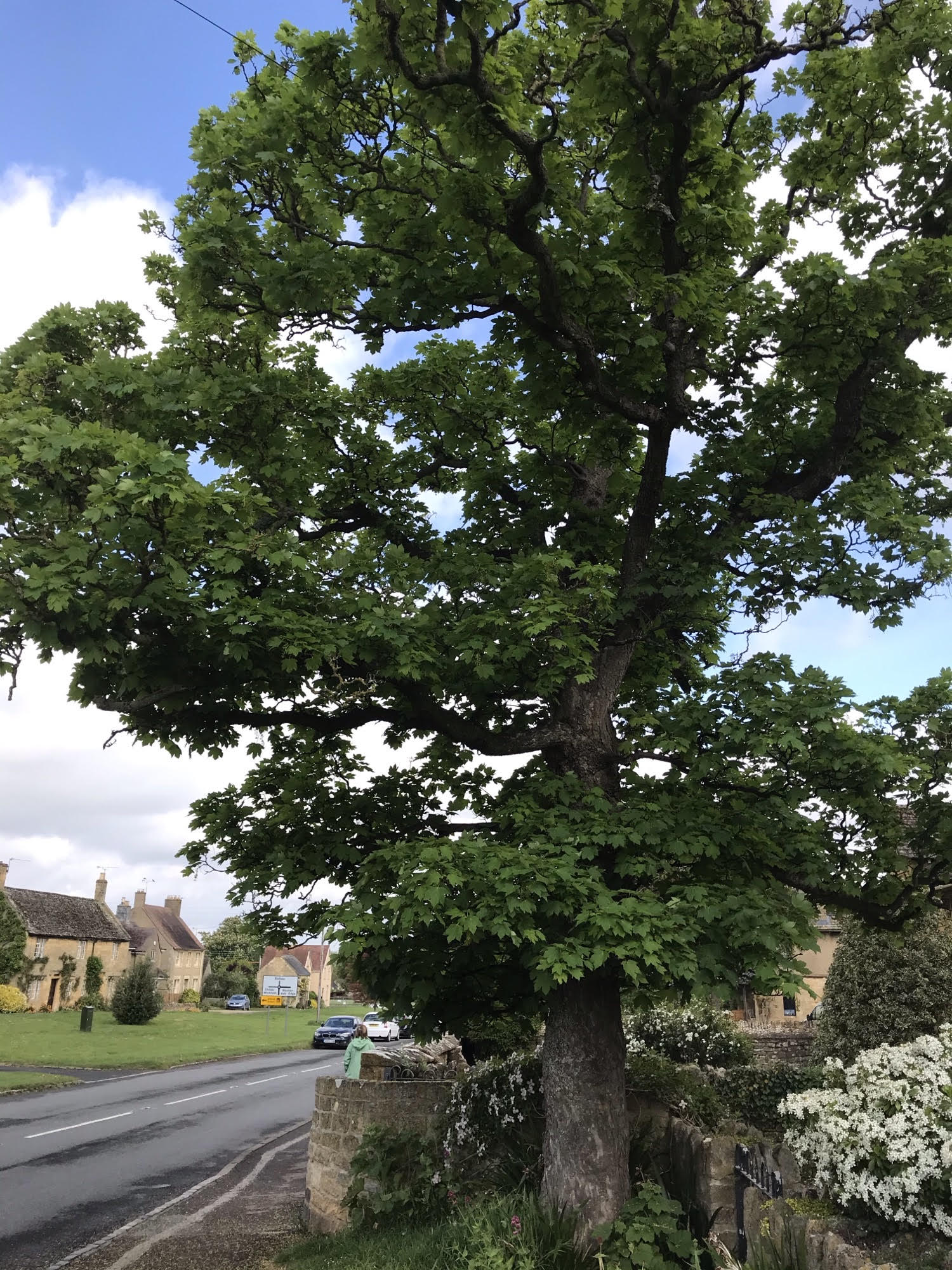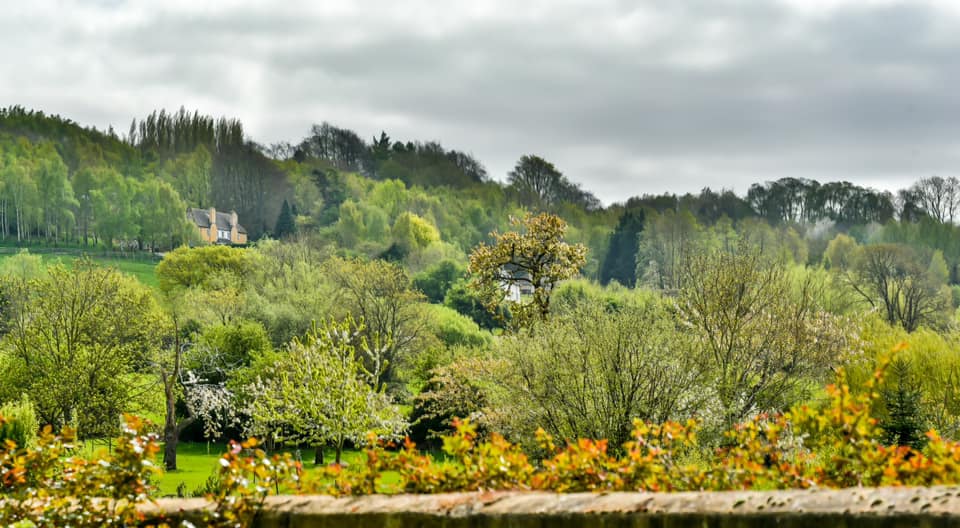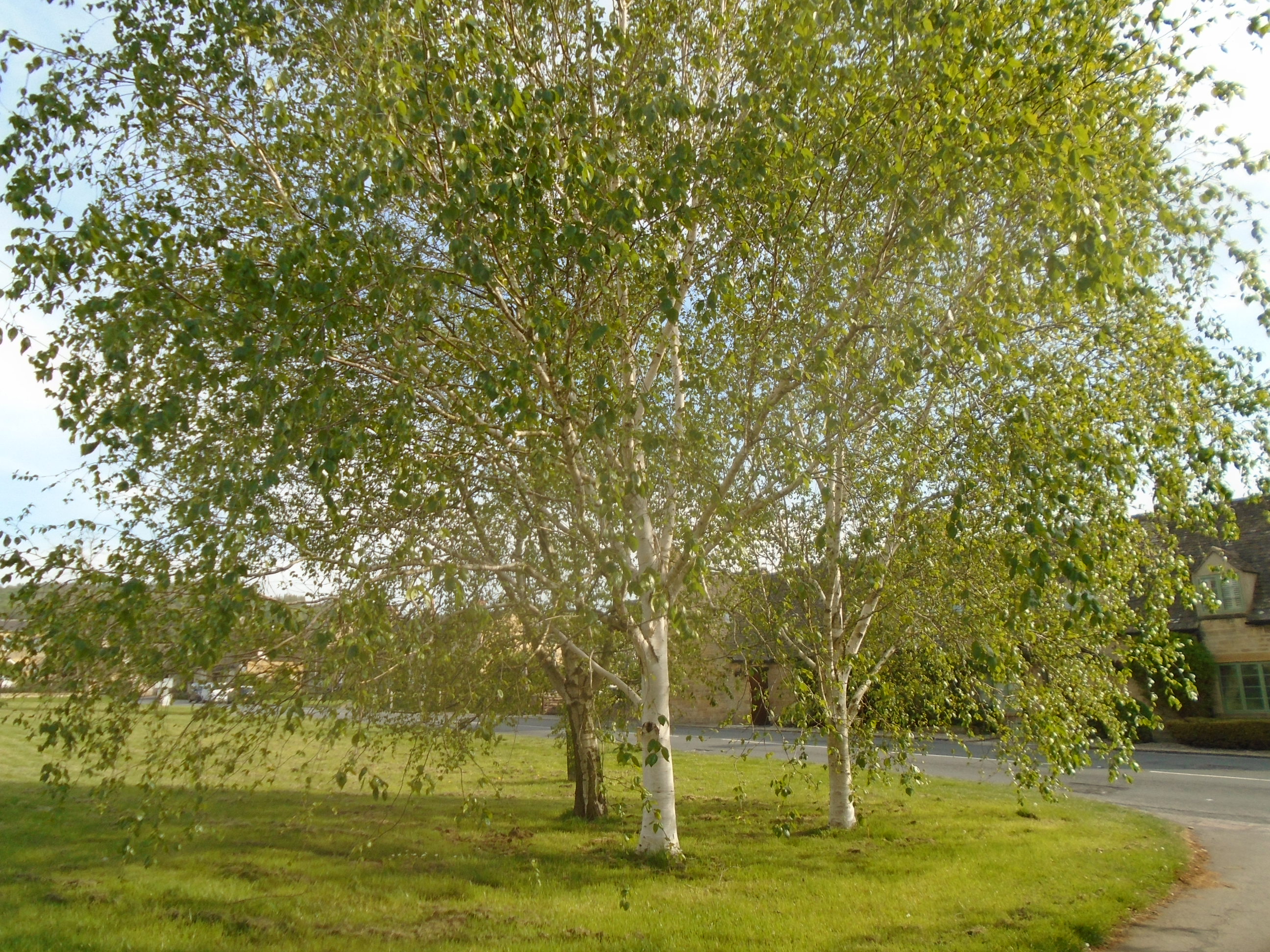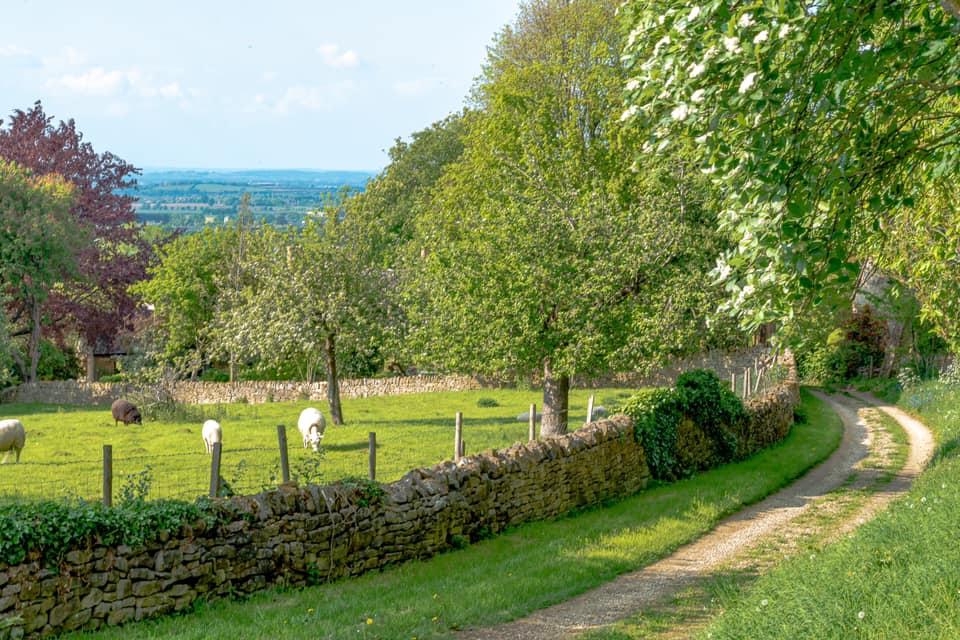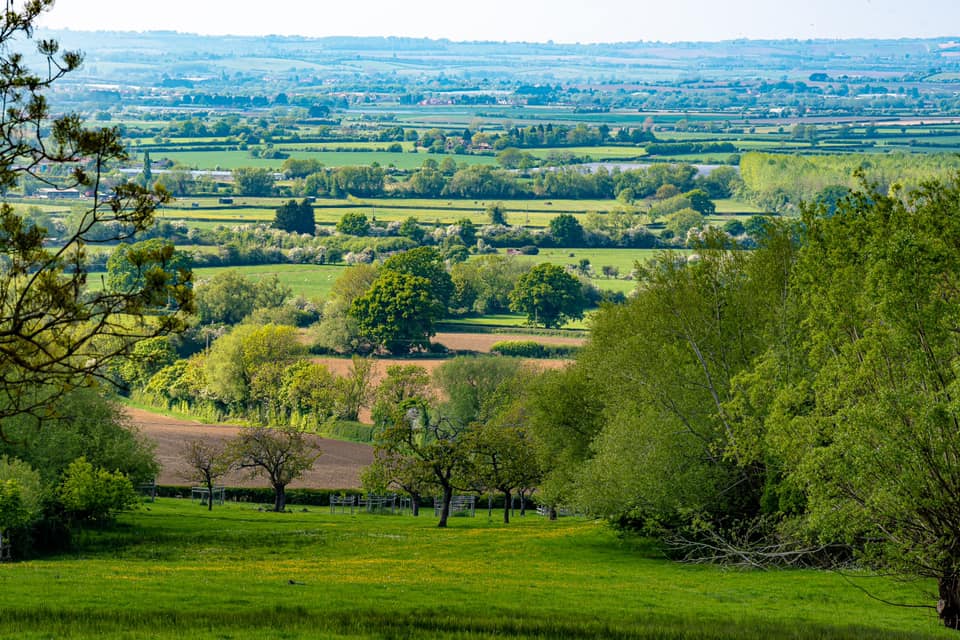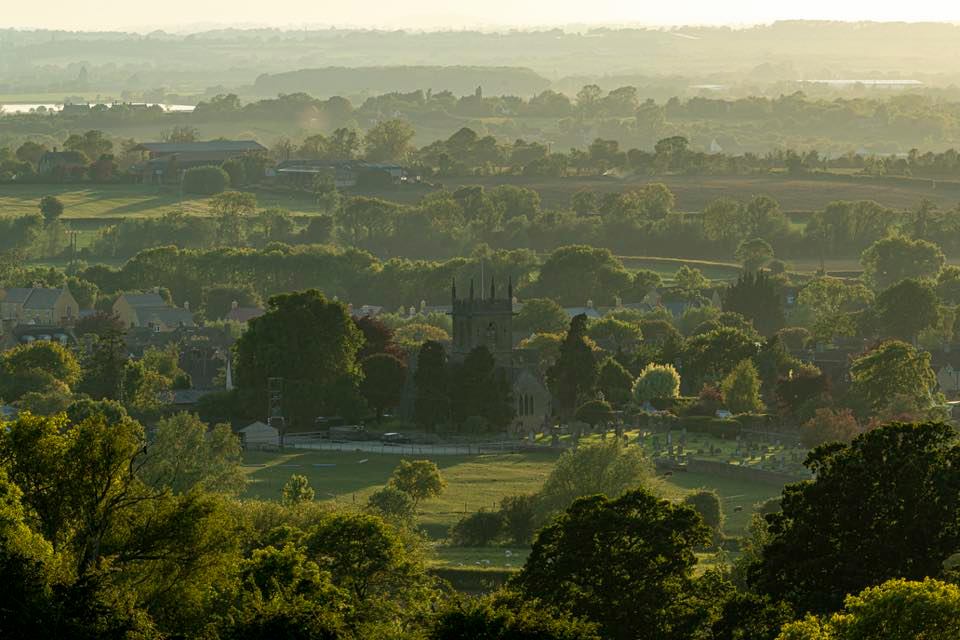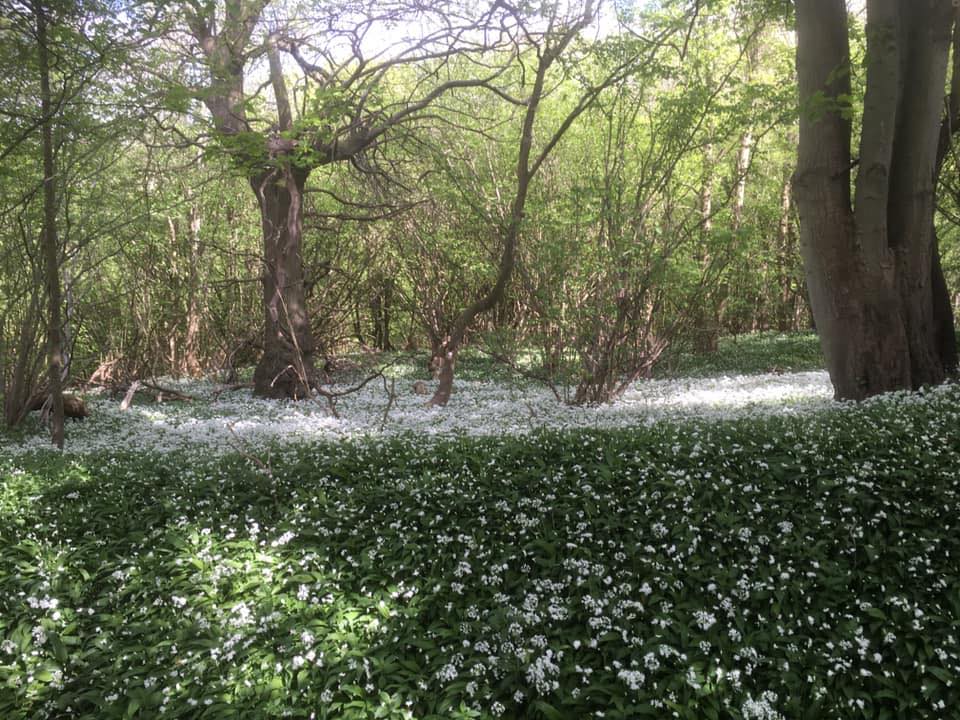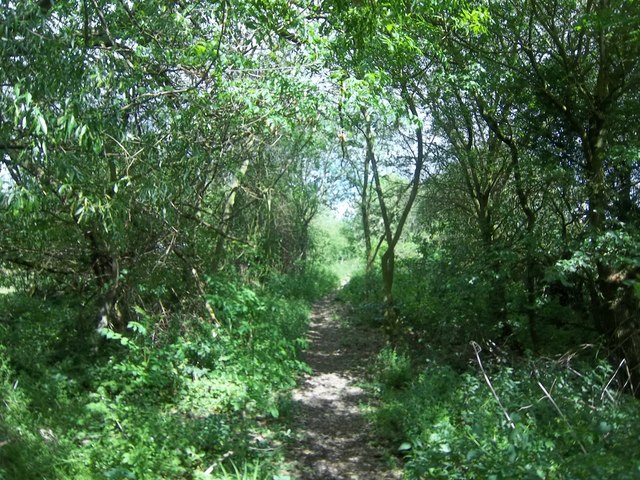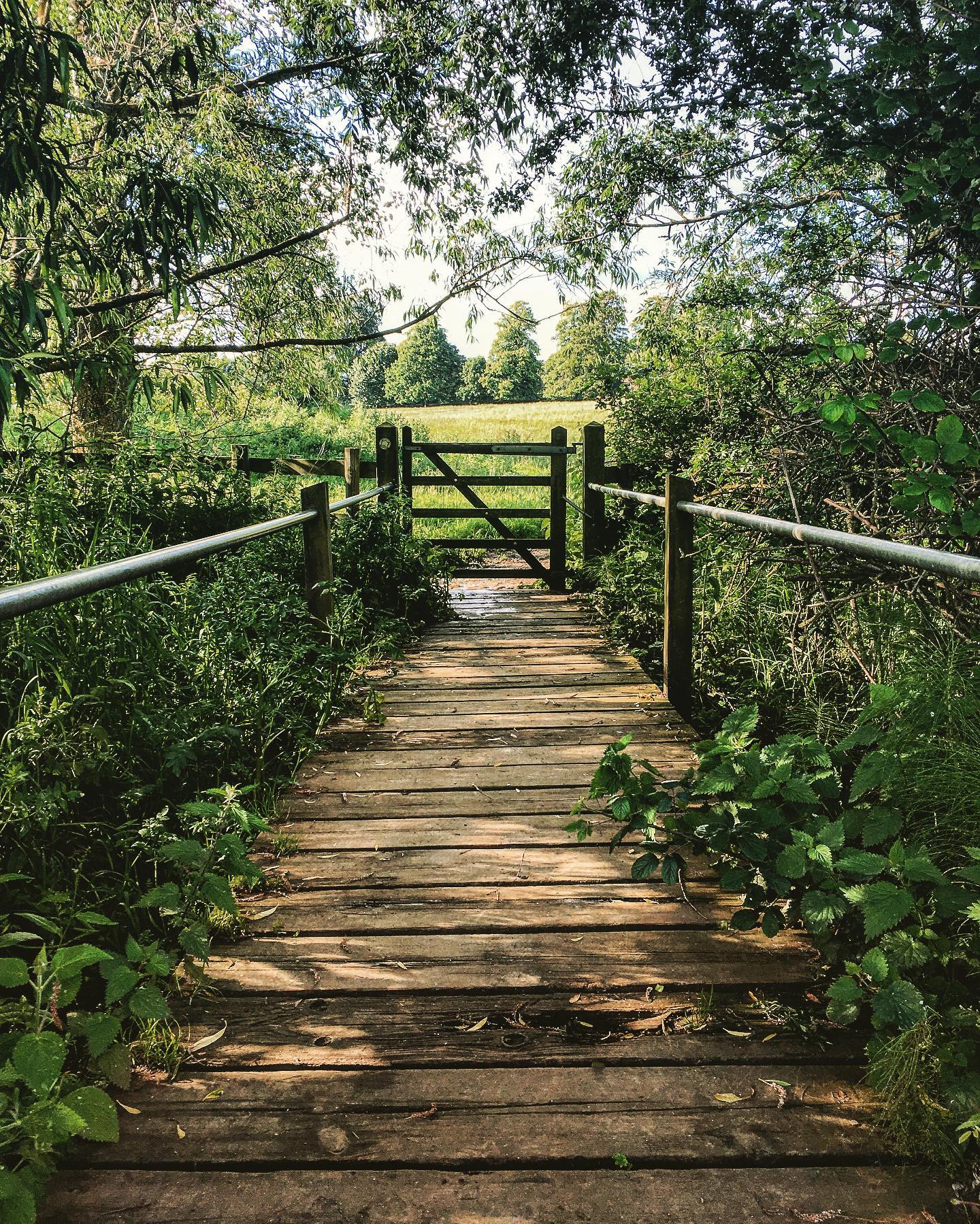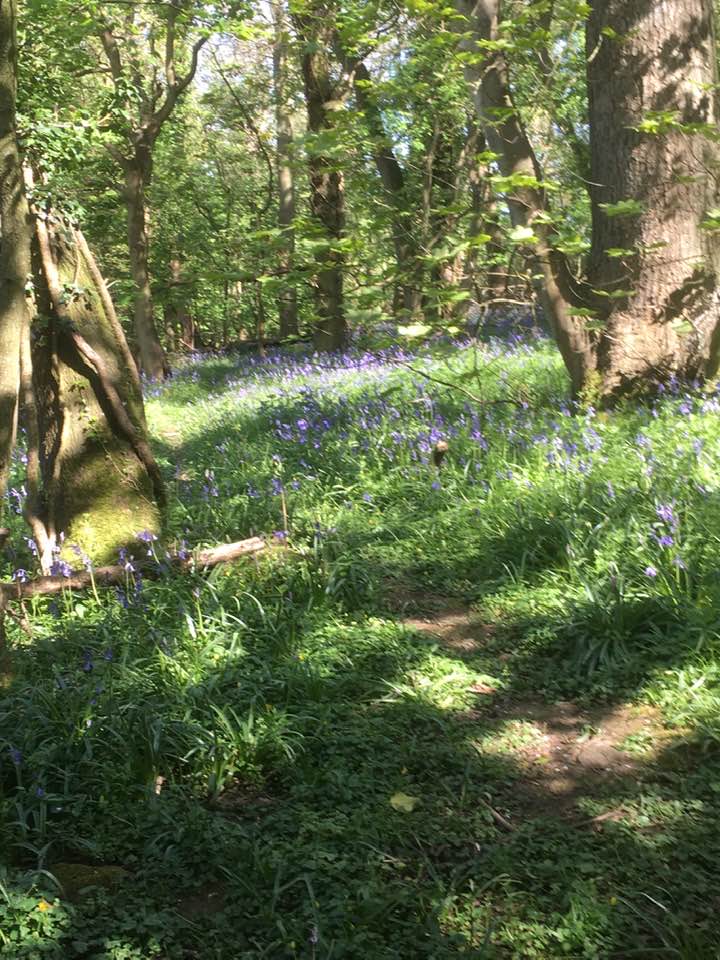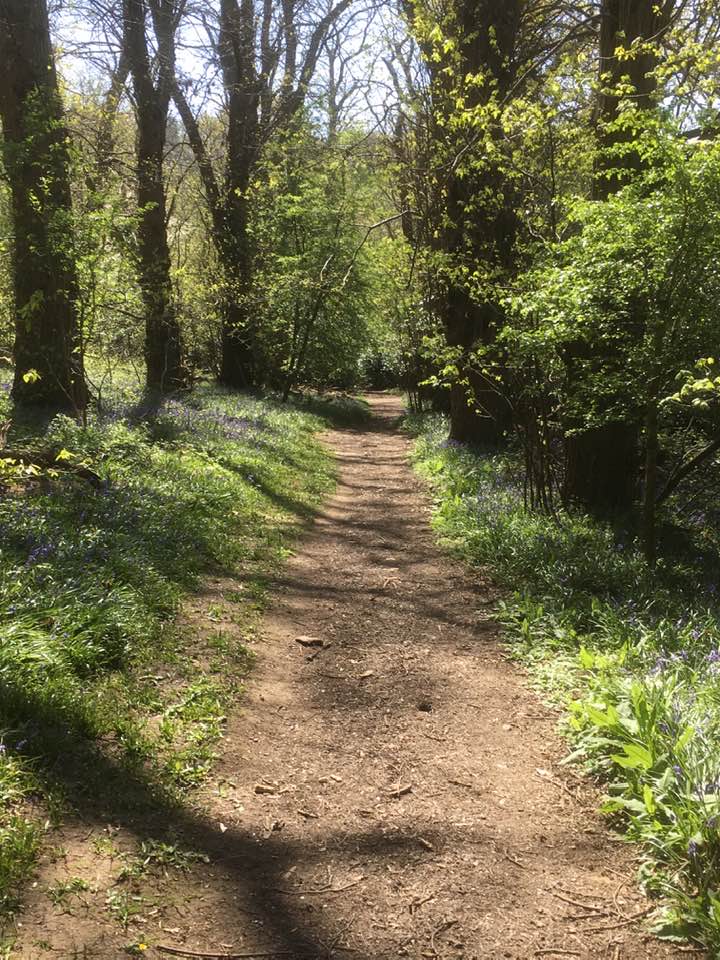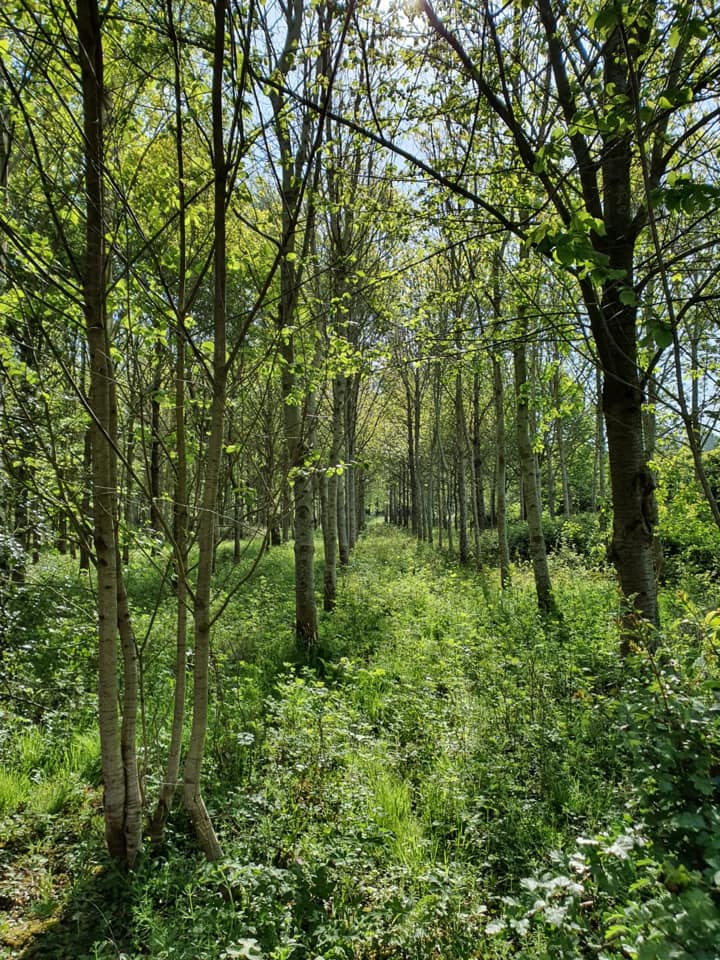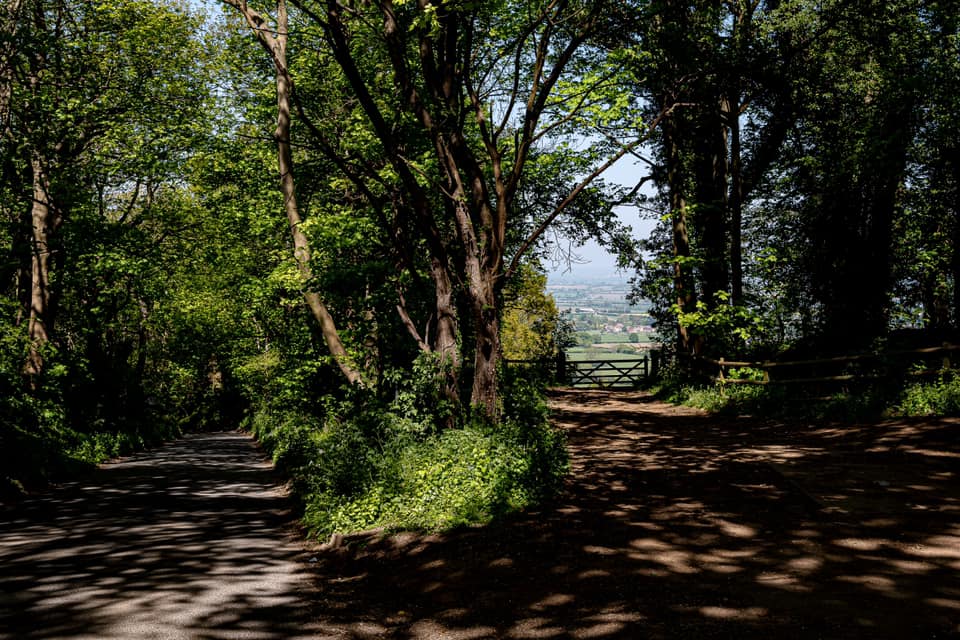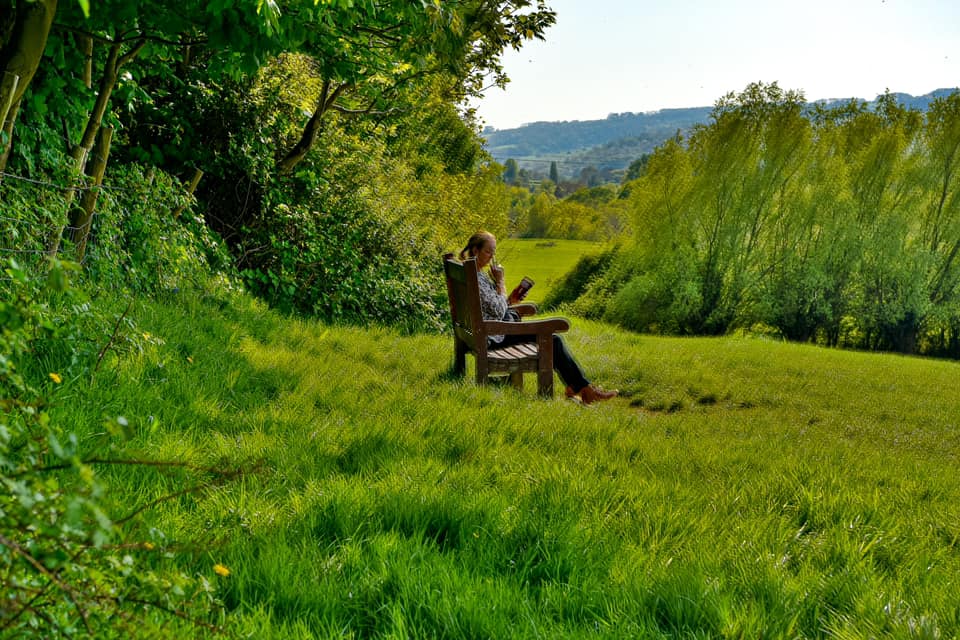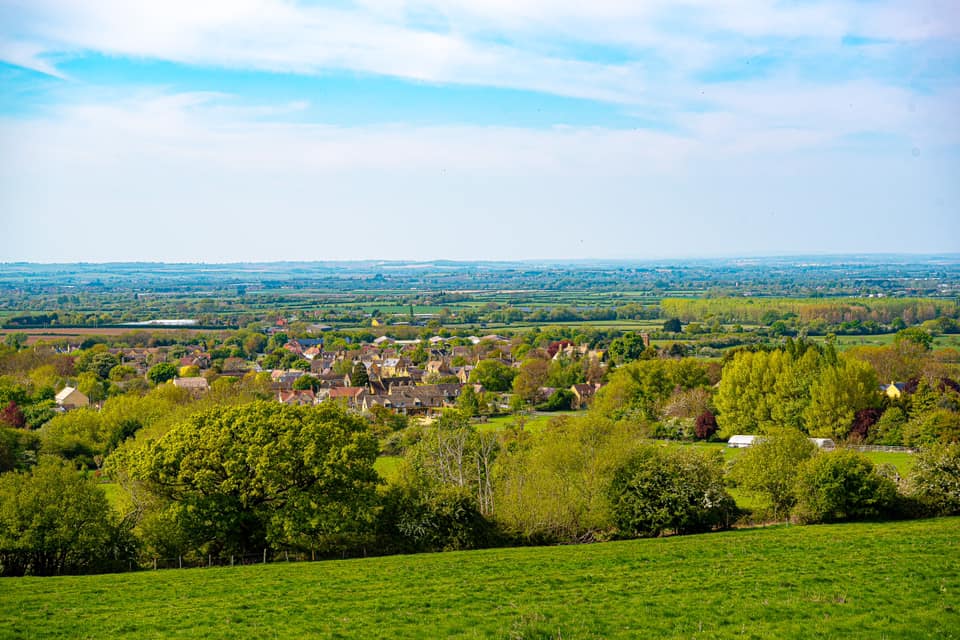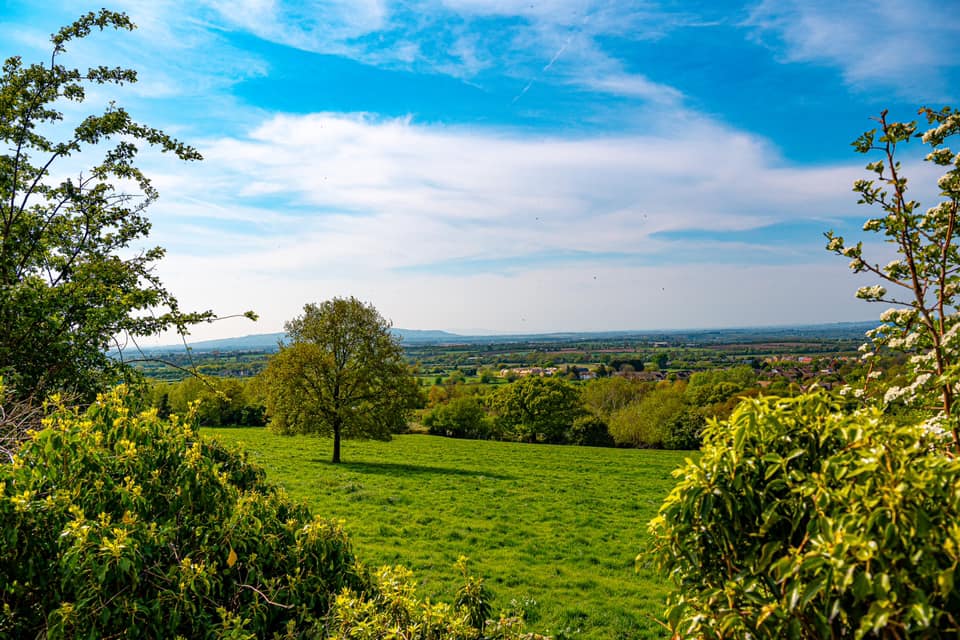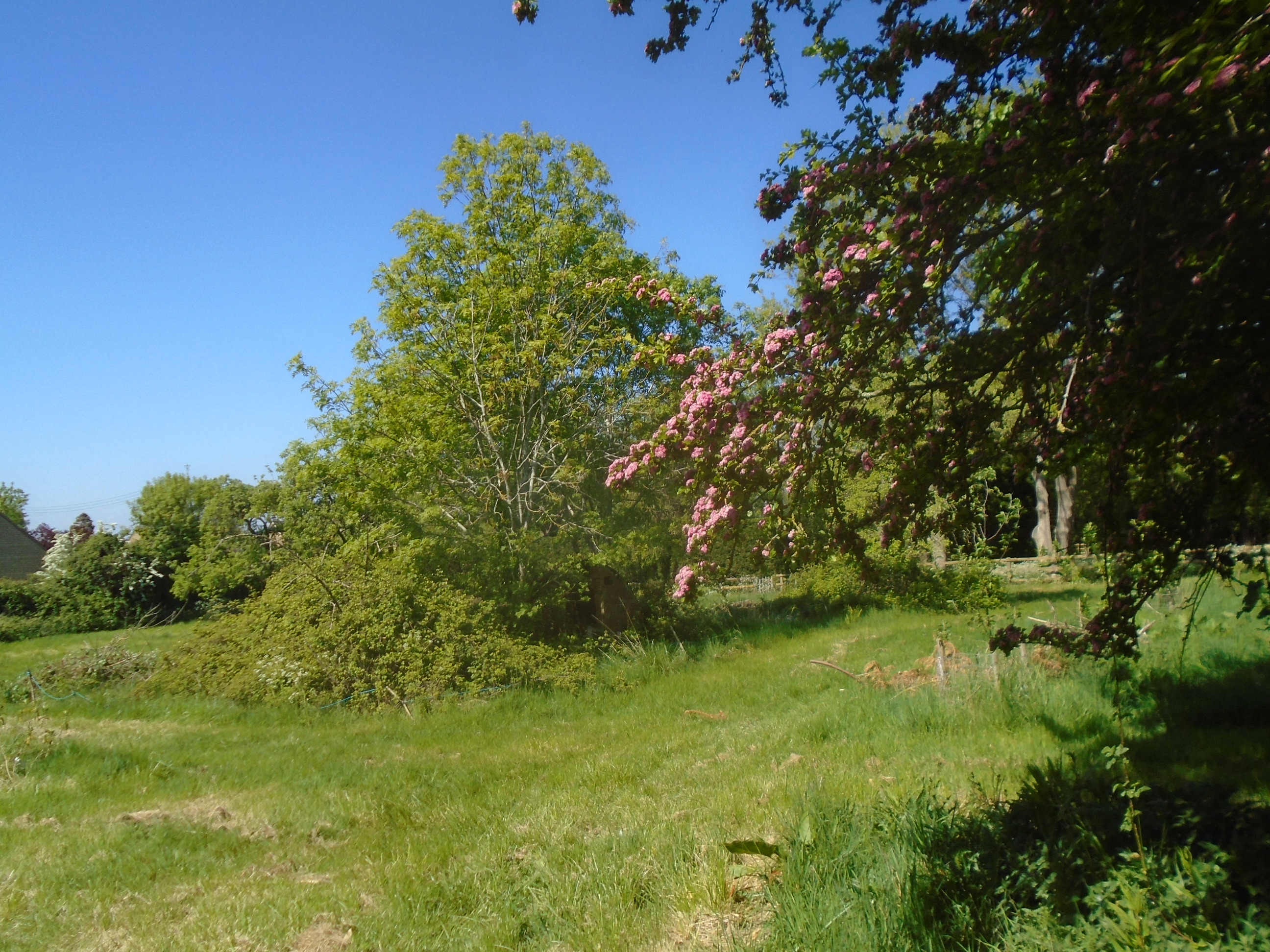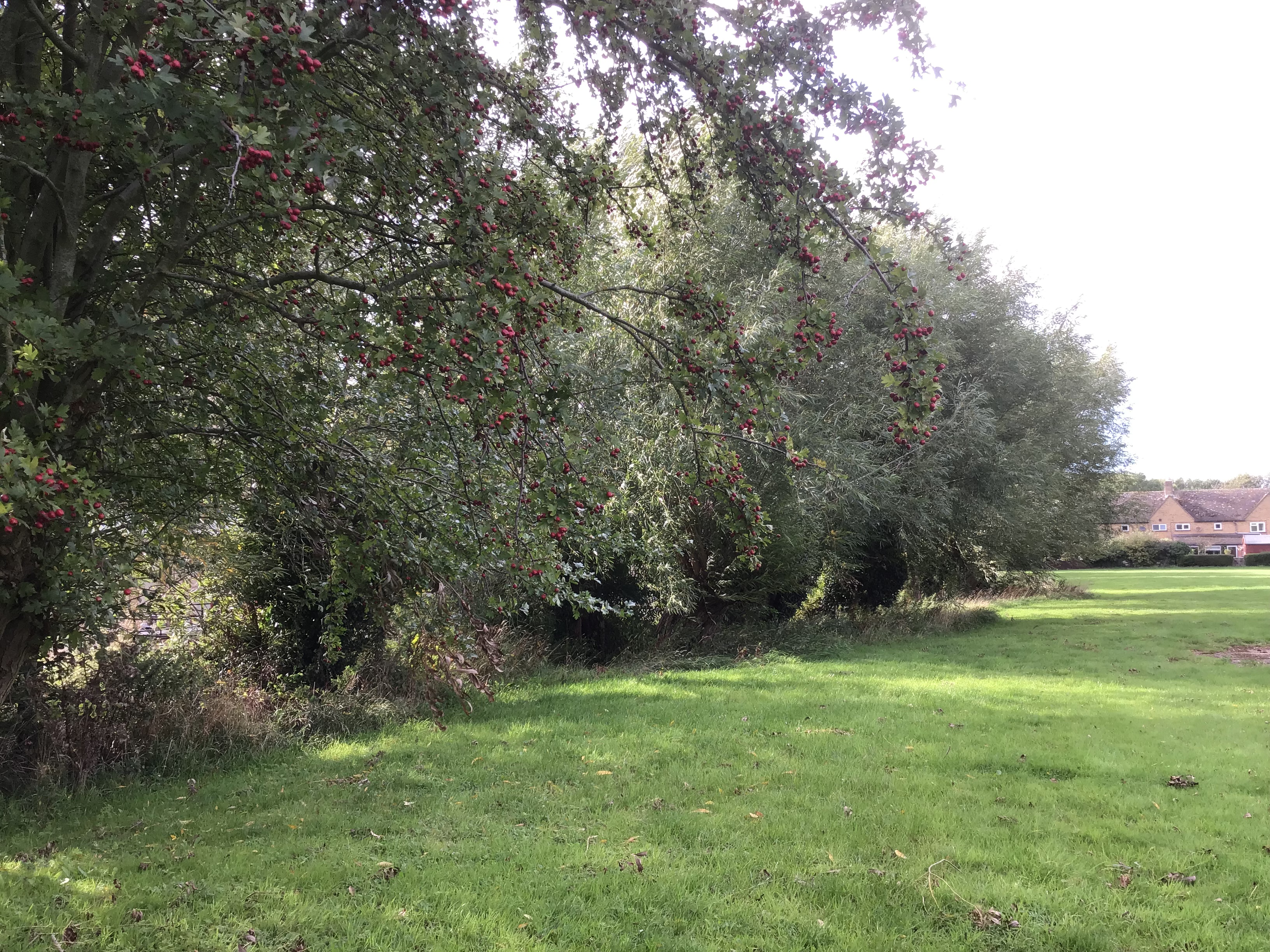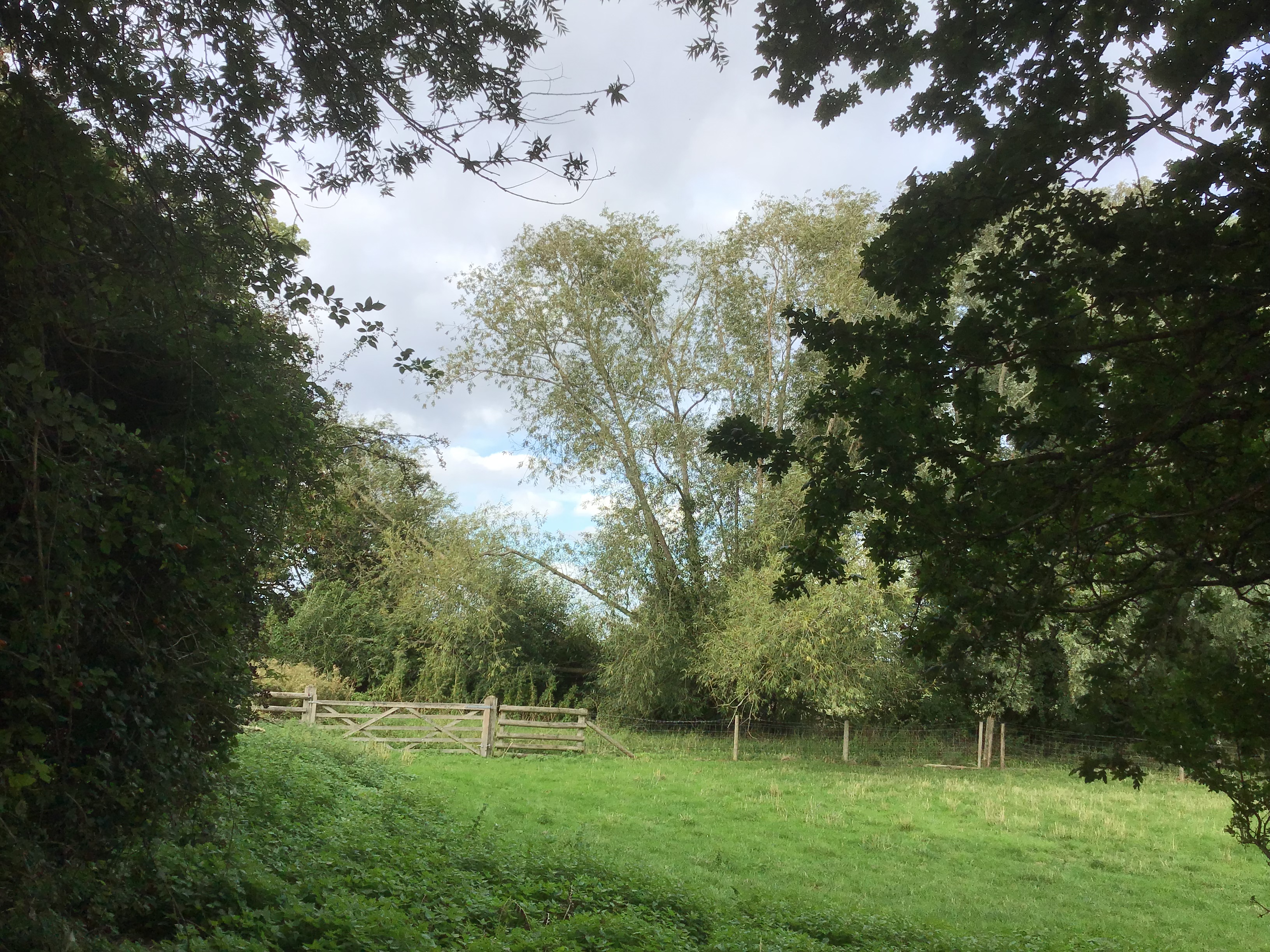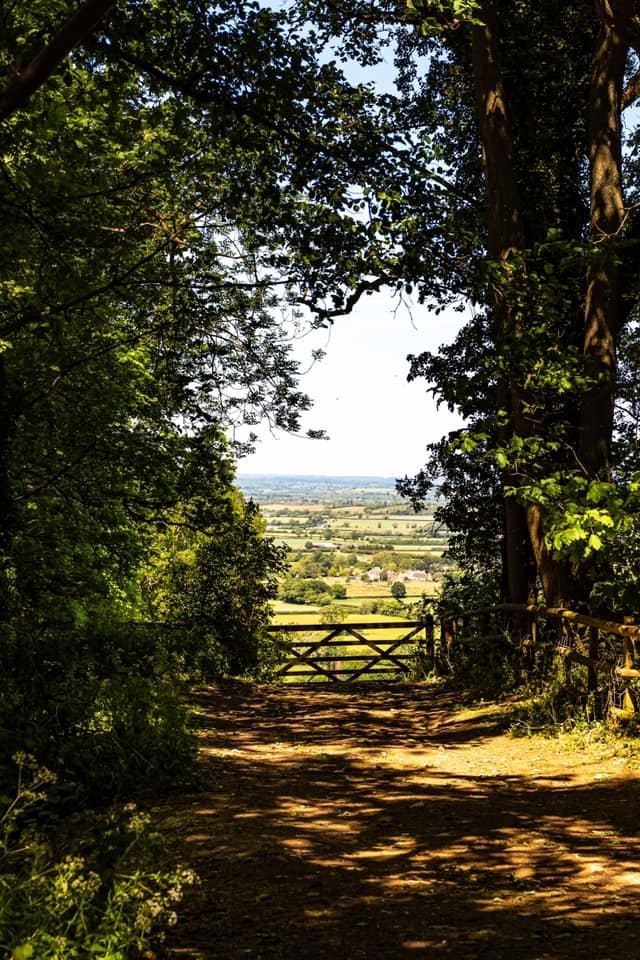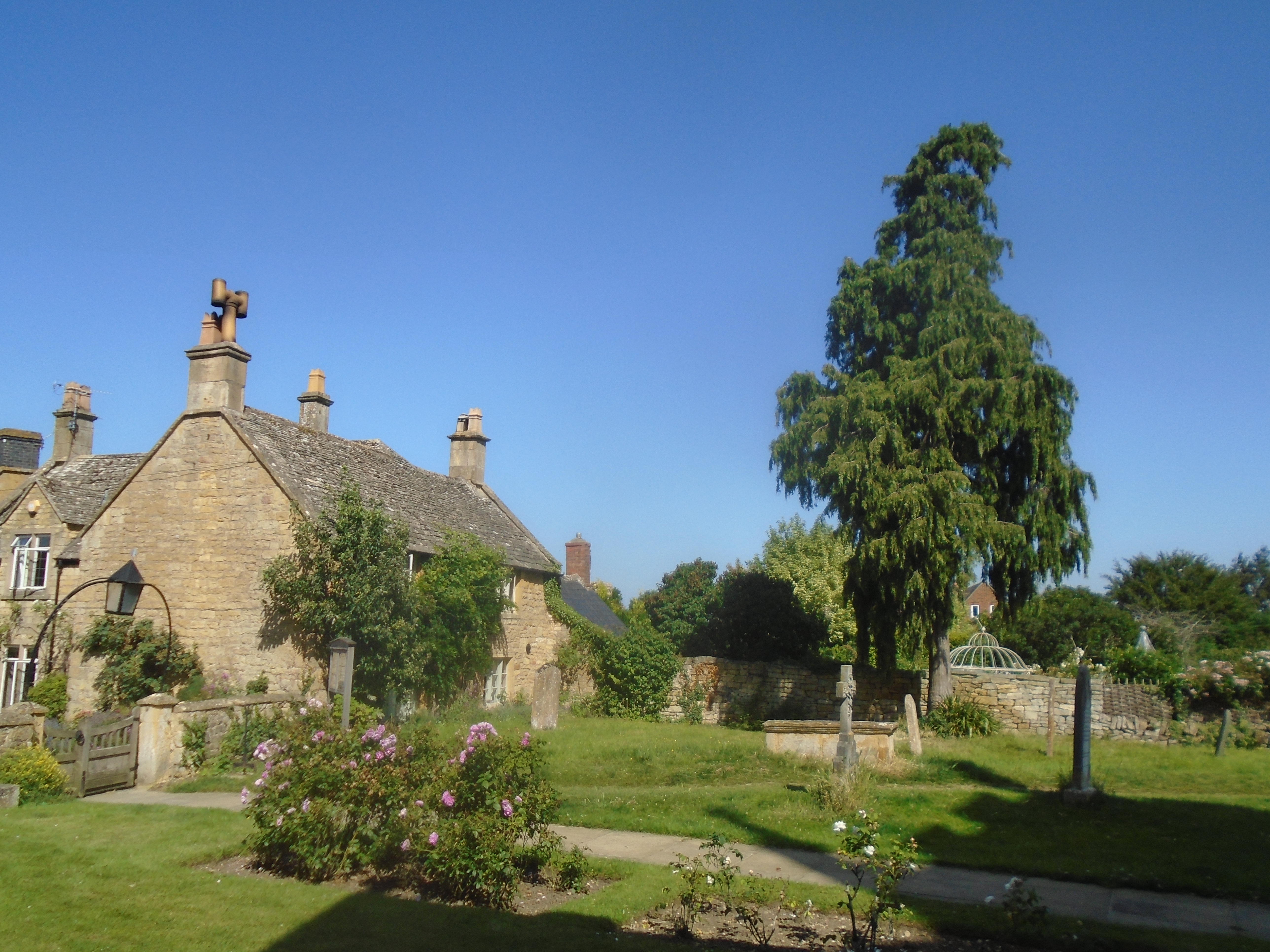| Willersey has a facebook page. Home Page | Menu & Search Page Email us here:- | ||||||||||||||||||||||||||||||||
|
Ash trees across the UK are dying, and fast Trees are a key visual feature in any rural landscape, including the Cotswolds National Landscape - Area of Outstanding Natural Beauty. Currently though, we are set to lose one type almost entirely – the ash tree. A destructive fungal disease – ash dieback – has been spreading since 2012, and it will kill most of the ash trees in the UK, including those in the Cotswolds. This is no small thing – ash trees are the third most common tree in the UK. “Ash dieback became evident in the Cotswolds last summer”, explains Mark Connelly, Land Management Officer at the Conservation Board, “There is no cure, so we are very likely to lose over 90% of ash trees in woodland, and around 70% of those outside woods, including big veteran trees and ancient pollards.” Ash is a dominant tree in the Cotswold landscape, and in some places it provides the majority of tree cover. Ash trees provide habitat and food for 111 species of insect and mites, of which 29 are specific to ash. Bats use ash trees for foraging and hibernation, and rows of trees provide flight lines across the landscape connecting roost and foraging areas. Mature ash trees with holes and hollows provide roost sites for birds as well as homes for small mammals. It will be crucial to maximise the benefits new trees will provide for wildlife, the landscape, and people. Replacement tree species to be planted include oak, beech, lime, field maple, and hazel. 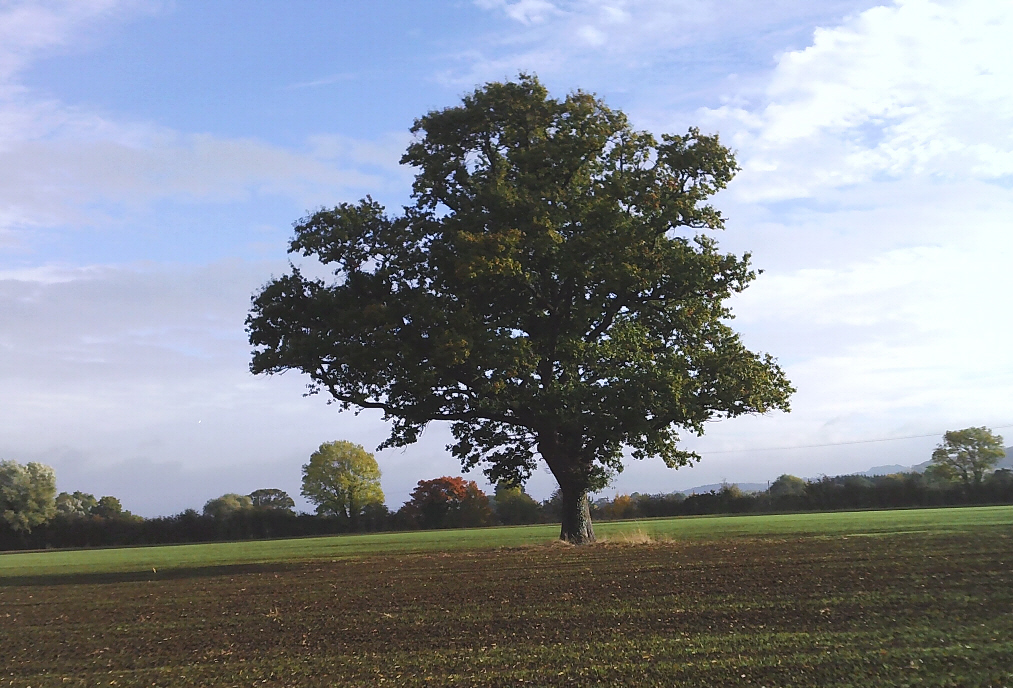 |
Ash Dieback with some information from the Tree Council and Forestry Commission.
The ecological significance of our Native Ash trees - There are 1058 species, organisms and life cycles associated with Ash woodlands.
Old Ash trees are amongst the richest to support lichen. There are 45 species of lichen that are supported by Ash just on its main trunk.
It is well documented the Ash population in Great Britain is well over 1,725,000,000 (this is an estimated figure for trees and saplings)
There are also 61,453 miles of hedges and lines of tree which are Ash dominated. The estimate suggests we have 19,700,000 Ash in UK hedges.
Just to maintain the current hedgerow tree population, a suggested figure of 30,000 new trees need planting each year in these areas.
The worrying part is our main Ancient Ash tree population is dominated in three main areas - Cumbria, Yorkshire Dales and the Cotswolds.
Non-woodland Ash numbers are estimated to be between 30-60 Million (4cm or greater diameter at breast height). More than 400 million seedling and saplings.
Landscape scale change - The distinct character of 40% of England will be impacted by the loss of non-woodland Ash alone.
Research in woodlands has shown that good replacements of Ash include; Alder, Aspen, Beech, Lime, Oak, Rowan, Sycamore and Walnut.
Final Note: 99% of trees are in private ownership with the largest owner being Network Rail.
- Until the leaf cover drops below 70% most people do not notice the decline in many trees except the juvenile stock.
- Young Ash infected by the dieback are producing slightly oversize leaf frame to compensate for the leaf cover lost each year.
Future problems with UK trees
Go to top
